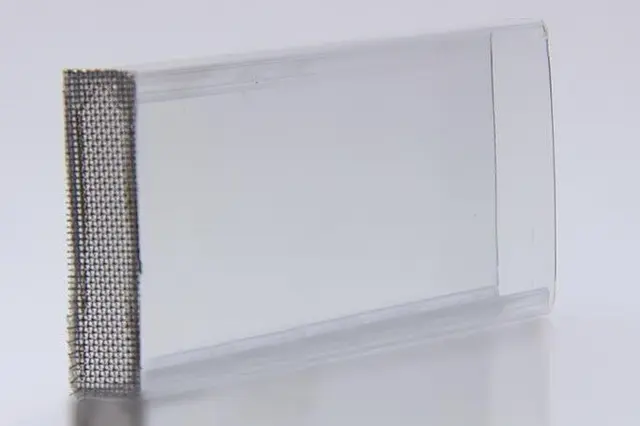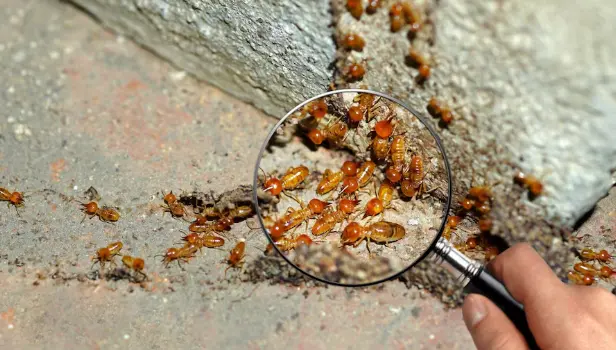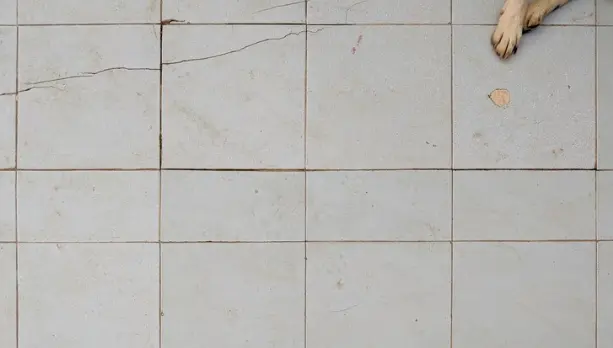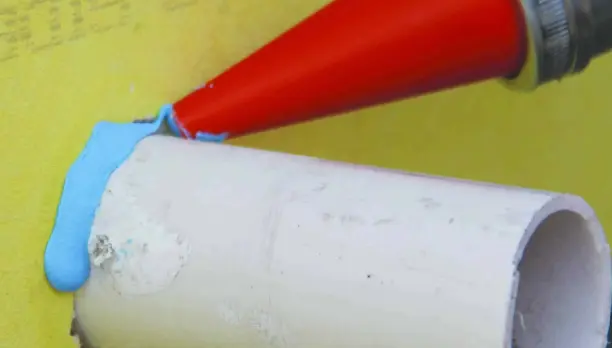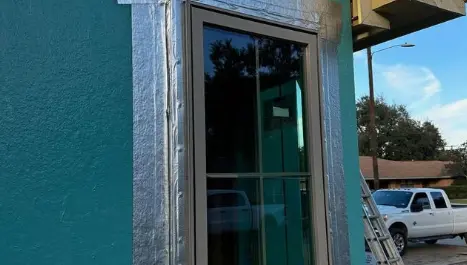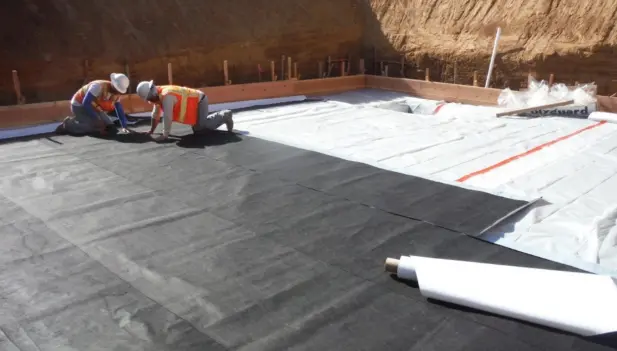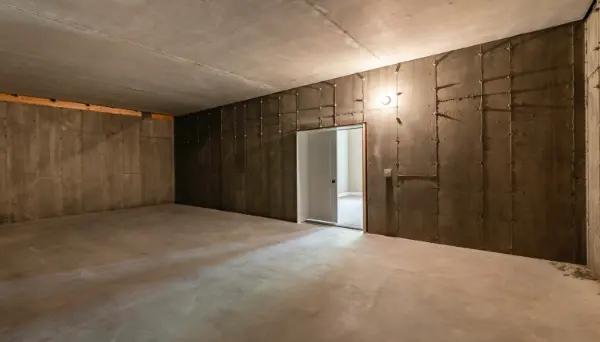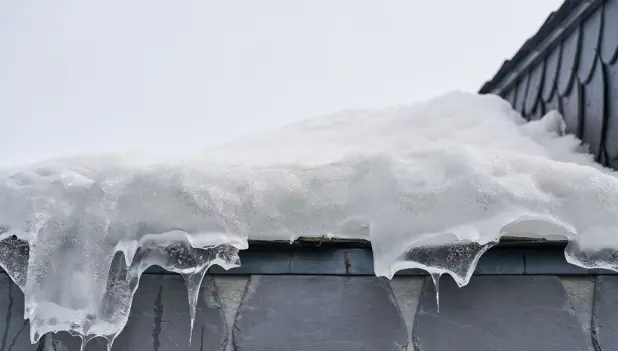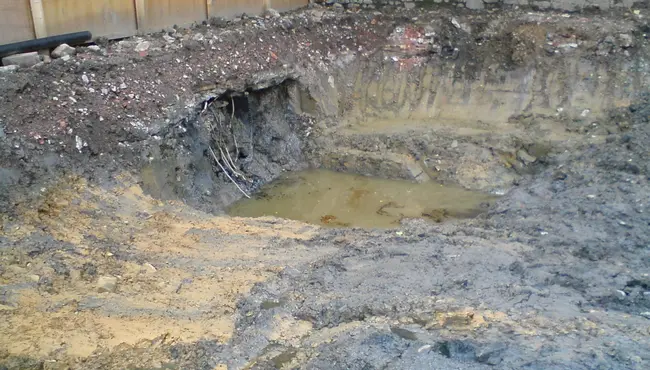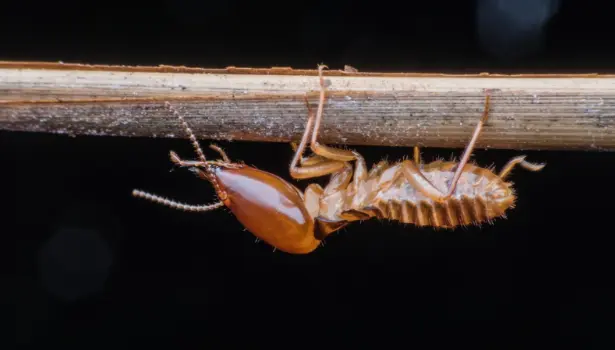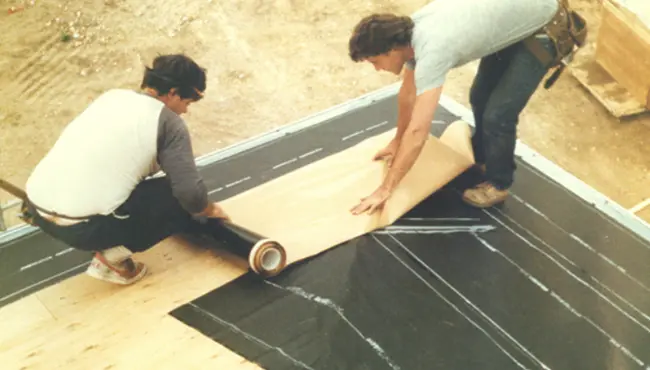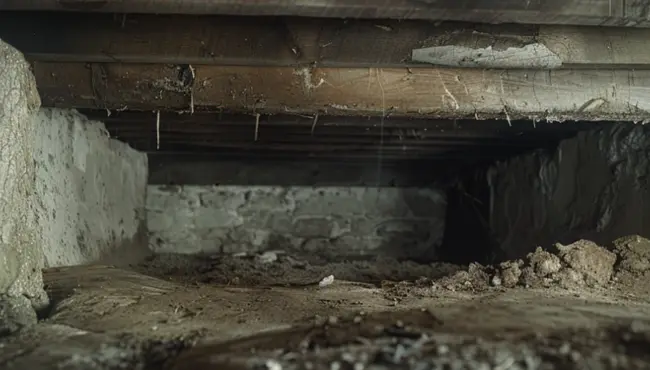Weep holes protect a brick structure's building envelope from moisture accumulation by allowing water in the wall cavity to escape. However, you must cover the weep holes with a screen that will keep tiny termites, larger rats, and dangerous embers and sparks from passing through, like Polygaurd's TERM Weep and Vent Barrier.
What is the Purpose of a Weep Hole?
Porous brick siding allows moisture to infiltrate and get trapped behind the brick walls, which can lead to mold and severe structural damage. Therefore, builders put weep holes (small openings) in brick walls of external masonry walls to create a path for water trapped in the building envelope to drain. The weep holes also provide wall cavity ventilation. Drainage and ventilation help prevent the growth of structurally damaging and unhealthy mold and leaks into a home or building.
What is a Weep Hole in Brick?
Typically builders place weep holes at the bottom of brick exterior walls. They look like vertical gaps in the mortar joints between bricks. As gravity pulls water down to the bottom of the wall, the weep holes allow water to exit just above the foundation. You'll also find them above windows, doors, and any openings.
What is a Weep Hole in a House Window?
Builders also put weep holes on the inside window tracks to prevent water from sitting on the sill and causing rot. Typically they look like black rectangular flaps with a horizontal sliver in the middle. The flaps stop or minimize water infiltration, but allow water that does to exit.
Weep Hole Maintenance
You must adequately maintain the weep holes to ensure they properly function. Tips for maintaining weep holes include:
- Never paint, seal, paint, or caulk over weep holes. Filled holes trap water, which will force it inside and can damage your home's structure.
- Keep plants at least 18 inches away from weep holes.
- Clear debris or dirt from the weep holes.
The Problems with Weep Holes
Weep holes help keep the building envelope dry and free of damaging mold. Unfortunately, they also create a path for termites and other pests to access the structure. In addition, pinhead size embers can also make their way into weep holes, and quickly spread fire through a building - particularly problematic in wildfire-prone regions. Weep holes require adequate aperture-size weep-hole grated covers or screens to prevent the infiltration of nasty pests and dangerous embers.
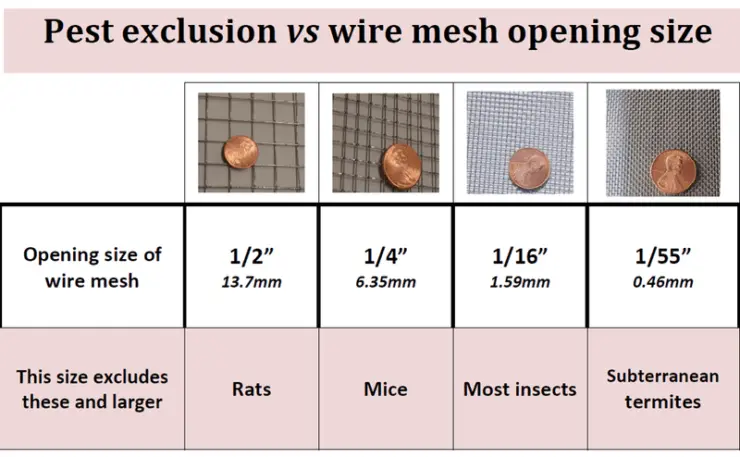
Termites live almost everywhere, and with subterranean termites causing about 95 percent of the damage, Polyguard recommends a weep hole cover with a screen aperture size of 1/55th of an inch or smaller to protect against subterranean termites, like Polygaurd's TERM Weep and Vent Barrier.
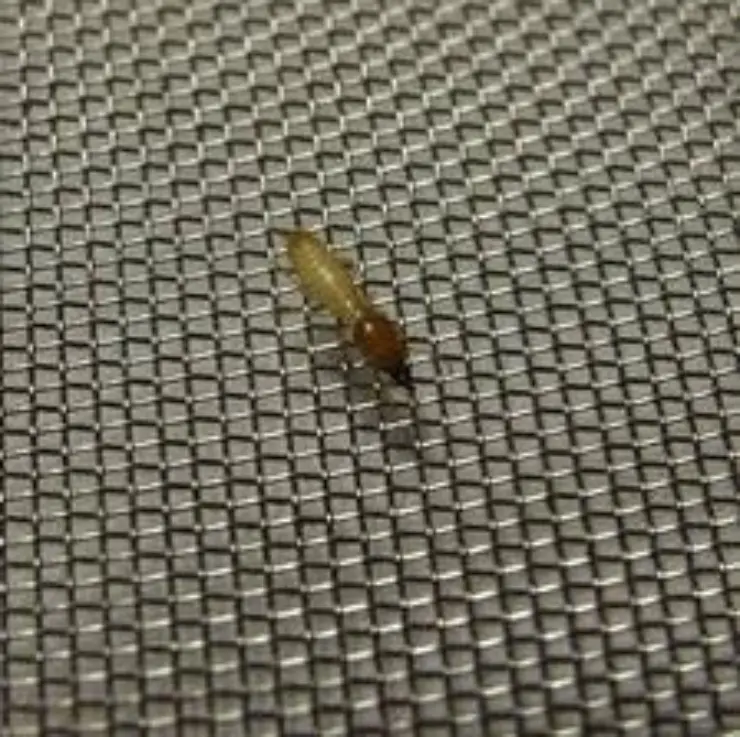
When adequately constructed as part of a masonry wall, the stainless-steel, corrosion-resistant TERM Weep and Vent Barrier excludes passage of all sizes of pests and embers. The stainless-steel mesh's strength and the melt bond between the screen and the frame will resist every pest, from the tiniest termites to large pests like rodents, snakes, and scorpions.
The TERM Weep and Vent Barrier includes a stainless-steel mesh screen with 0.017" openings melt-bonded to a 3/8" x 1 ½" x 4" rectangular PETG plastic frame.
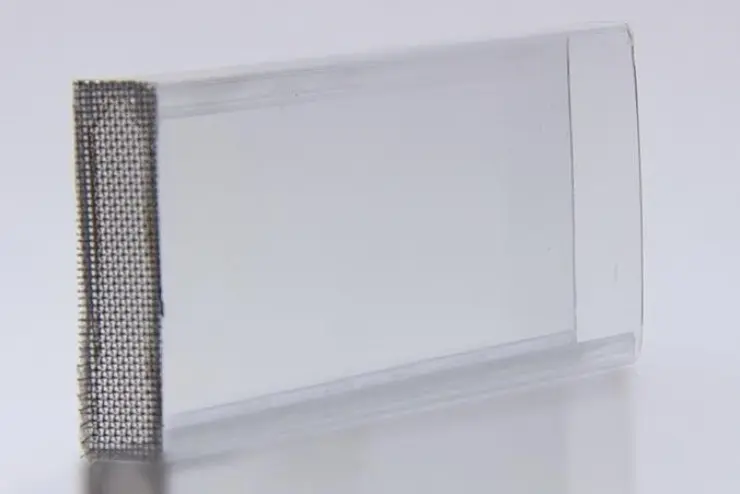
Builders can use TRM Weep and Vent as part of the Polyguard pesticide-free TRM Barrier System for new construction. When properly installed as part of the building envelope, the TERM Barrier System can block almost all pests for the brick building or home's lifespan. The system also can significantly minimize the need for pesticide treatment.
Polyguard 650 TRM
Polyguard TRM 650 TRM provides an outstanding water and termite protection solution for ICF homes.
The Polyguard specializes in sustainable pest barriers without pesticides to protect against termites, moisture, and energy in a single building envelope solution. It effectively blocks termites and water when properly constructed as part of the building envelope, and allows for fast and straightforward application with just a few materials and tools.
The 650 TRM application for the foundation includes seven components:
- Peel and stick 650 TRM protects commercial and residential ICF and concrete foundations against water and termites. Globally used since 1970, 650 TRM, Polyguard foundation waterproofing membranes; NAHB’s Home Innovation Research Labs certified it as point-worthy for the National Green Building Standard™.
- Preformed corner boots for inside and outside corners
- Polyguard 650 WB Liquid Adhesive to enhance adhesion
- TRM Flashing provides waterproofing, energy sealing, and insect resistance.
- TRM Sealant prevents infiltration at slab penetrations.
- Polyflow 15P applies over the waterproofing membrane to direct moisture into the drain core. It can minimize hydrostatic pressure when connected to our high-capacity collector and outlet drainage system, Totalflow™.
Installing the Polyguard 650 TRM requires only a few tools: measuring tape, utility knife, hard wall roller, (2) lambs wool rollers, and a caulking gun.
Protecting Weep Holes with TERM Weep and Vent Barrier
TRM Weep and Vent, as part of Polyguards pesticide-free TRM Barrier System, will protect your brick structures from termites, mice, and embers. When installed as part of the building envelope, the TERM Barrier System can block almost all pests for the structure's life. The system also can significantly minimize the need for pesticide treatment.
To inquire about TERM Weep and Vent Barriers for your next new home or building project or additional information on the TERM Barrier System products, don't hesitate to contact the Polyguard professionals today!
